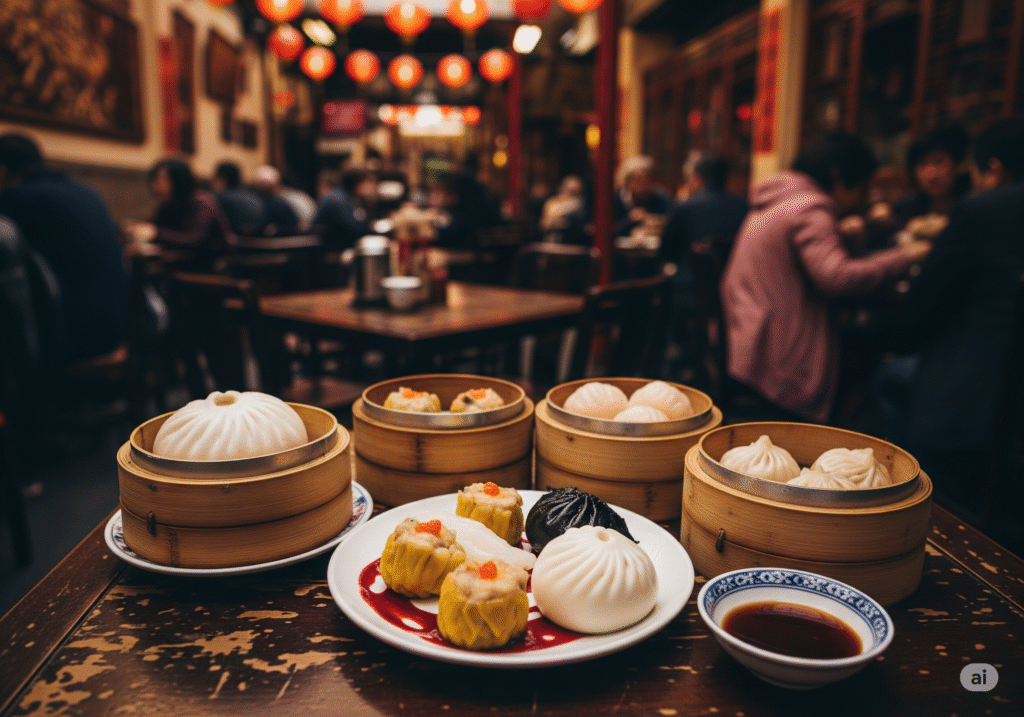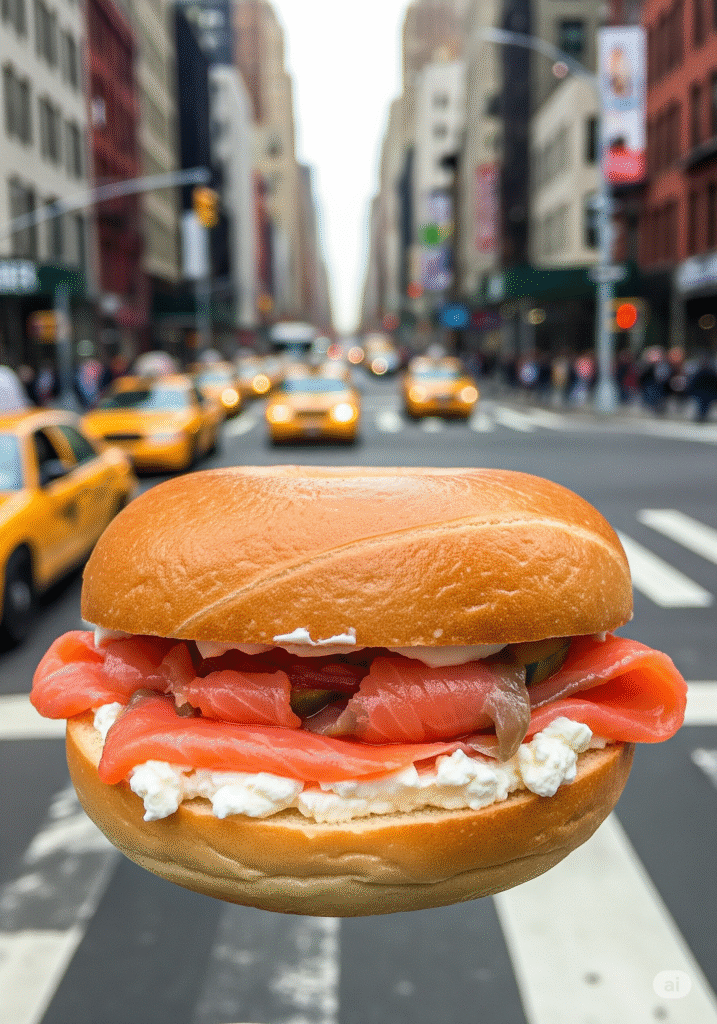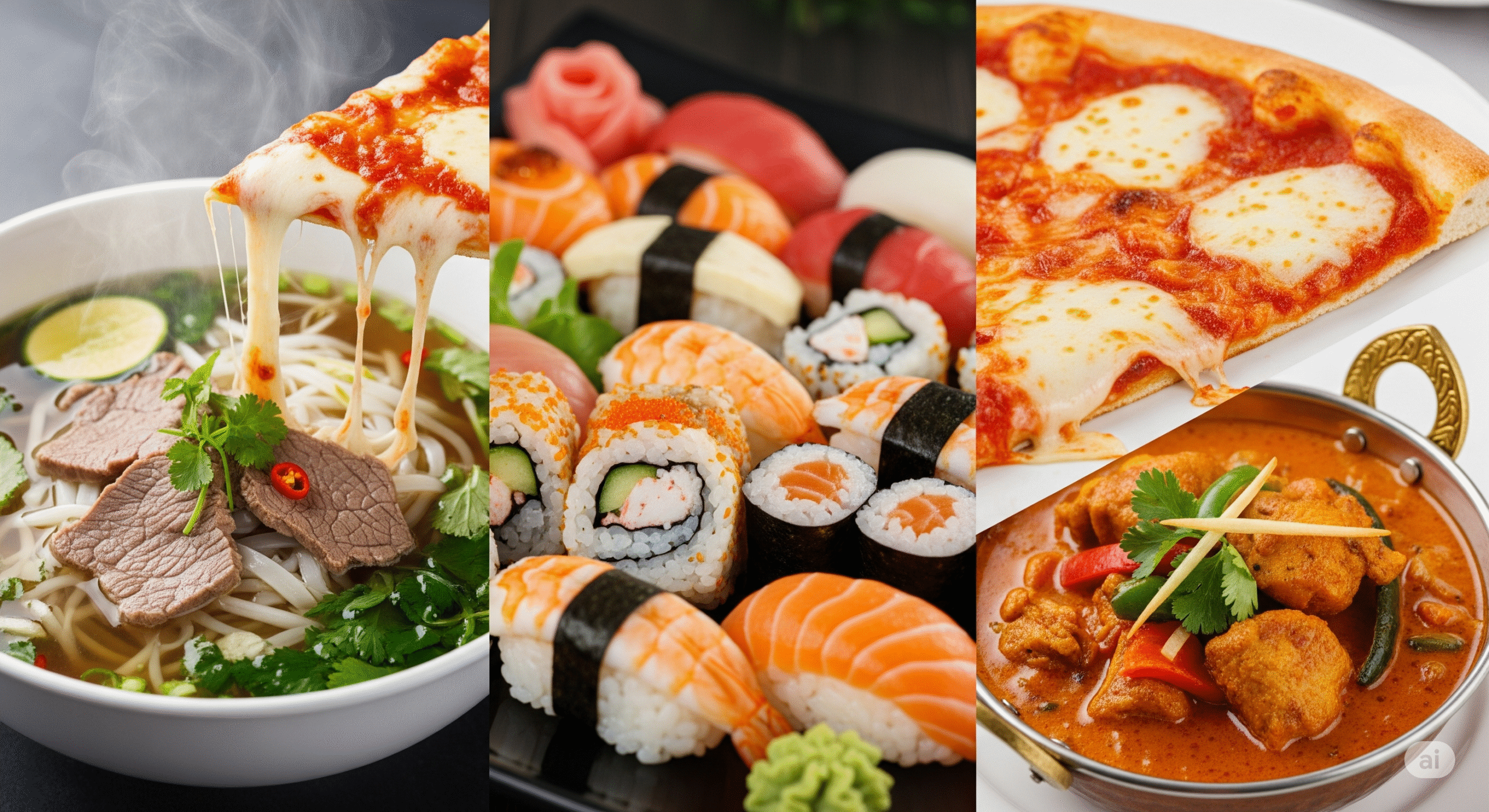The US Food Diversity Ranking for 2025
America is a nation of many cultures, and nowhere is this more apparent than in our food. From world-class ramen to generation-spanning taquerias, the nation’s culinary landscape is a vibrant tapestry of global flavors. But which American cities can truly claim to have the most diverse cuisine?
To find out, we dove into the data, analyzing the variety of national cuisines available in America’s 38 largest cities. The results might surprise you. This ranking proves that while some of our favorite new foodie capitals are on the rise, others have long-established diversity that is simply unmatched.
Let’s dig in.
The Top 10 Most Diverse Food Cities
Here are the cities that came out on top, ranked by a weighted score combining the variety of cuisines with the density of that diversity.
| Rank | City | Score (out of 100) |
|---|---|---|
| 1 | San Francisco, CA | 100.00 |
| 2 | New York City, NY | 92.58 |
| 3 | Seattle, WA | 91.69 |
| 4 | Washington, DC | 83.08 |
| 5 | Los Angeles, CA | 82.62 |
| 6 | San Jose, CA | 82.43 |
| 7 | Portland, OR | 81.62 |
| 8 | Chicago, IL | 77.99 |
| 9 | Las Vegas, NV | 76.66 |
| 10 | Boston, MA | 76.36 |
Export to Sheets
Surprising Takeaways from the Data
Looking beyond the top 10, the data revealed some fascinating trends across the country.
1. The Coasts are Culinary Kings Seven of the top ten cities are on the East or West Coast. This isn’t just about diverse populations; there’s a strong correlation between a city’s food diversity and its cost of living. Data from the Bureau of Labor Statistics (BLS) shows that a vibrant food scene often thrives where residents have the disposable income to support it.
2. California vs. Texas While both states had six cities in the study, California’s food scenes were clearly more diverse. California’s cities placed 10th on average, while Texas’s cities ranked 26th on average.
3. The Motor City’s Challenge At the other end of the spectrum, Detroit was the least diverse food city surveyed. Nearly two-thirds of its restaurants are classified as “American,” offering less international variety compared to other major urban centers.
A Closer Look at the Top 3

1. San Francisco, CA A city built on waves of dreamers—from the Gold Rush to the tech boom—San Francisco packs an unbelievable amount of culinary diversity into just 47 square miles. Its rich heritage is on display everywhere, from the dim sum palaces of Chinatown and pasta temples of North Beach to trendy Korean-fusion spots and third-generation taquerias in the Mission District.

2. New York City, NY For over 400 years, NYC has been America’s front door. This living legacy is most vibrantly expressed in its food, where century-old Jewish delis share streets with Dominican lunch counters and Michelin-starred Chinese restaurants. Each subway stop brings a new culinary world, from the Bengali flavors of Jackson Heights to the West African restaurants of Little Senegal.
3. Seattle, WA Seattle’s food scene brings vibrant color to the Pacific Northwest. The city’s strong ties to Asian markets, combined with a globally-minded population, has created fertile ground for international cuisines to flourish. From the famous Pike Place Market to the International District, Seattle’s compact core packs an impressive variety of dining options.
Our Methodology
To obtain these findings, we analyzed restaurant data from Tripadvisor across the 38 largest U.S. cities (by population). We calculated the diversity of 46 distinct cuisines using the Shannon Diversity Index, a standard statistical tool. We then factored in population and restaurant density to reward cities that offer high diversity relative to their size. For a full breakdown, you can consult the U.S. Census Bureau’s population data.







Post Comment